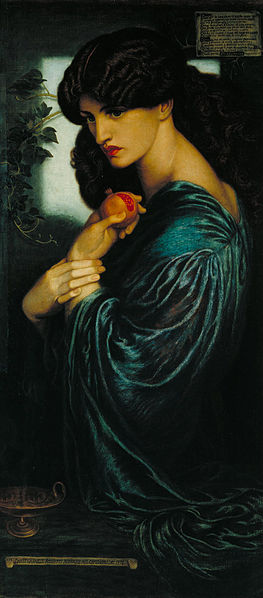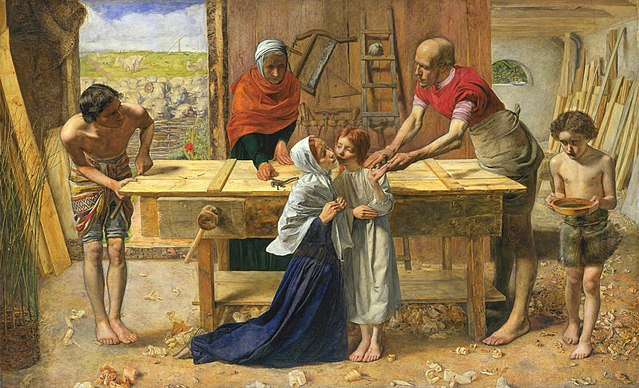The American Pre-Raphaelites was a movement of landscape painters in the United States during the mid-19th century. It was named for its connection to the Pre-Raphaelite Brotherhood and for the influence of John Ruskin on its members. Painter Thomas Charles Farrer led the movement, and many members were active abolitionists. Their work together was short-lived, and the movement had mostly dissolved by 1870.
William Trost Richards, Sunset on the Meadow, 1861, oil on canvas
John Ruskin, Fragments of the Alps, 1854–56
Thomas Charles Farrer, A Buckwheat Field on Thomas Cole's Farm, 1863
William James Stillman, English Wild Flowers, 1876
Pre-Raphaelite Brotherhood
The Pre-Raphaelite Brotherhood was a group of English painters, poets, and art critics, founded in 1848 by William Holman Hunt, John Everett Millais, Dante Gabriel Rossetti, William Michael Rossetti, James Collinson, Frederic George Stephens and Thomas Woolner who formed a seven-member "Brotherhood" partly modelled on the Nazarene movement. The Brotherhood was only ever a loose association and their principles were shared by other artists of the time, including Ford Madox Brown, Arthur Hughes and Marie Spartali Stillman. Later followers of the principles of the Brotherhood included Edward Burne-Jones, William Morris and John William Waterhouse.
Proserpine, 1874, by Dante Gabriel Rossetti, with Jane Morris as model
Illustration by Holman Hunt of Thomas Woolner's poem "My Beautiful Lady", published in The Germ, 1850
Christ in the House of His Parents, by John Everett Millais, 1850
Ophelia, by John Everett Millais, 1851–52








